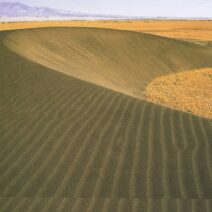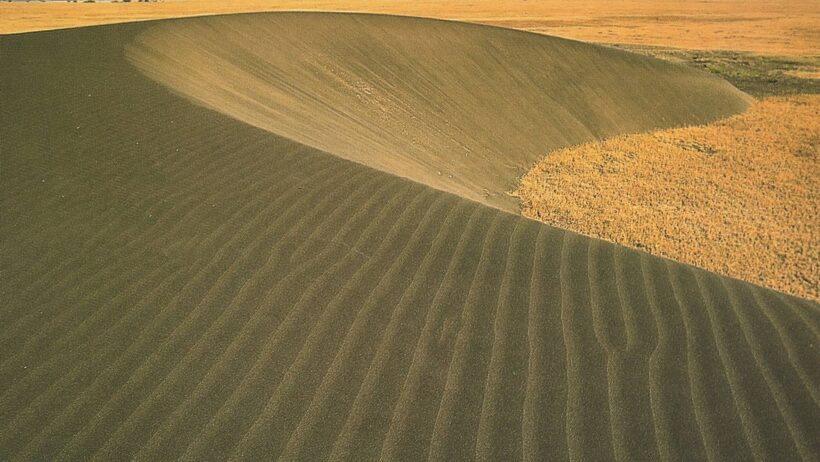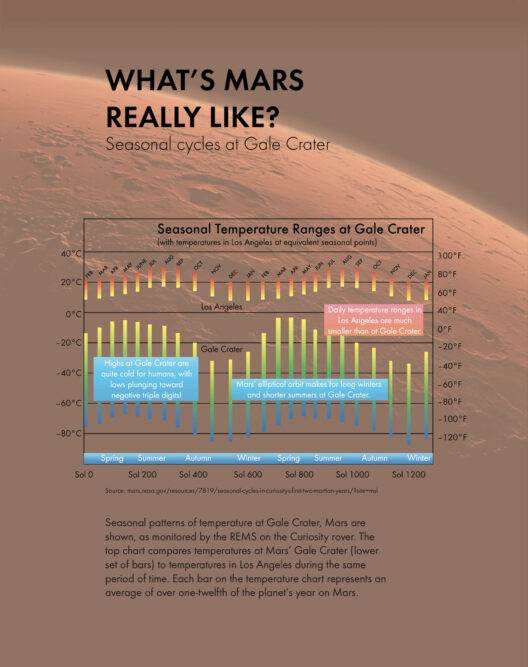The Sahara, the world’s largest hot desert, stretches across an astonishing 9.2 million square kilometers. Its vastness isn’t merely a canvas of sand; it embodies a complex interplay of ecosystems, climate zones, and cultural heritage. However, beneath its seemingly eternal expanse lies a burgeoning concern: global warming is altering its landscapes, ecosystems, and the very essence of life within and around this colossal entity. Understanding the Sahara’s shifting sands is imperative—not just for the immediate regions but for the global climate narrative.
Historically, deserts were considered inhospitable realms, marked by extremes of heat, minimal precipitation, and the characteristic sand dunes that rise and fall like waves in a golden ocean. However, the quintessential image of the Sahara is beginning to transcend traditional notions. As climate change intensifies, the Sahara’s identity as an arid desert may be more dynamic than static.
The phenomenon of global warming, driven primarily by greenhouse gas emissions, creates a domino effect that impacts desertification processes. Higher global temperatures lead to altered rainfall patterns, often characterized by either extreme drought or sporadic, intense precipitation. The intricacies of these changes yield perplexing questions: How will the flora and fauna adapt to these shifts? Can traditional livelihoods withstand the pressures of an evolving biome?
Deserts, including the Sahara, are not immune to the ramifications of climate change. Soil degradation and loss of vegetation are prominent challenges, as increased temperatures exacerbate evaporation rates. This results in diminished moisture levels, further inhibiting plant growth. Vegetation plays a crucial role in the desert ecosystem; it provides habitat, prevents soil erosion, and aids in carbon sequestration. The decline of vegetative cover creates a vicious cycle that leads to further desertification.
One captivating aspect of the Sahara is its shift from a former verdant landscape to its current arid state, a transformation that has occurred over millennia. Approximately 5,000 to 10,000 years ago, the Sahara was considerably greener, filled with lakes and rivers that nurtured diverse ecosystems. However, as the climate changed, these water sources receded, paving the way for the vast stretches of sand we see today. Ironically, the planet’s warming could trap the Sahara in this cycle of transformation, potentially leading to desertification in regions previously deemed hospitable.
The intricate relationship between global warming and shifting sands also permeates local communities. The pastoral traditions of indigenous peoples that have thrived in the Sahara for centuries are now jeopardized. Erratic weather patterns complicate ancient practices of herding and farming, displacing entire communities in search of stable environments. The socio-economic ramifications of this displacement extend beyond physical relocation; they perpetuate cycles of poverty, resource scarcity, and conflict.
Moreover, biodiversity within the Sahara is alarmingly threatened. Unique species have adapted to the harsh desert conditions, evolving intricate methods to survive the heat and scarcity. As temperatures rise, the delicate balance within these ecosystems faces an existential threat. Species that require specific habitats may find their survival increasingly precarious. The Saharan silver ant, one of the most heat-tolerant species known, exemplifies these vulnerabilities. Rising temperatures could exceed their tolerance levels, posing a significant risk to their population.
In an attempt to combat these compounding threats, innovative strategies are emerging. Forests play a pivotal role in carbon disbursement, and afforestation efforts could counteract some of the adverse effects of desertification. Planting vegetation suited to arid conditions can help stabilize soil, retain moisture, and restore biodiversity. Moreover, utilizing indigenous knowledge in conservation efforts fosters resilient ecosystems that can adapt to shifting climatic conditions.
One must also contemplate the role of technology and sustainable practices in mitigating global warming’s impacts. The integration of renewable energy, particularly solar power, holds immense promise in regions bordering the Sahara. With its relentless sun, the potential for solar energy production is vast. This not only provides an alternative energy source but also offers economic opportunities to local populations.
As the dialogue on climate change intensifies, the Sahara’s changing tableau can serve as a microcosm of broader global challenges. The threats faced by the Sahara resonate with similarly vulnerable regions across the planet. Each desert, each ecosystem, showcases unique responses to the overarching crises of climate change. The Sahara’s shifting sands, therefore, must not be viewed merely as a geographical phenomenon; rather, they embody a call to action and a promise of resilience.
In essence, the shifting sands of the Sahara compel us to reassess our understanding of deserts in an era of climate upheaval. They humanize a narrative often dominated by scientific data and statistics, underscoring the inseparable ties between climate, culture, and community. Embracing a newfound perspective is crucial; by peering beyond the dunes, we glimpse the interconnectivity of all life and the shared responsibility we bear in preserving our planet’s intricate systems.
As stewards of the Earth, the task ahead is daunting yet exhilarating. The movement towards environmental consciousness is charged with possibility, and the Sahara’s shifting sands stand as both a challenge and an emblem of hope in the fight against climate change. The narrative is not simply about loss; it is also about adaptation, innovation, and the profound resilience of life amidst adversity.






